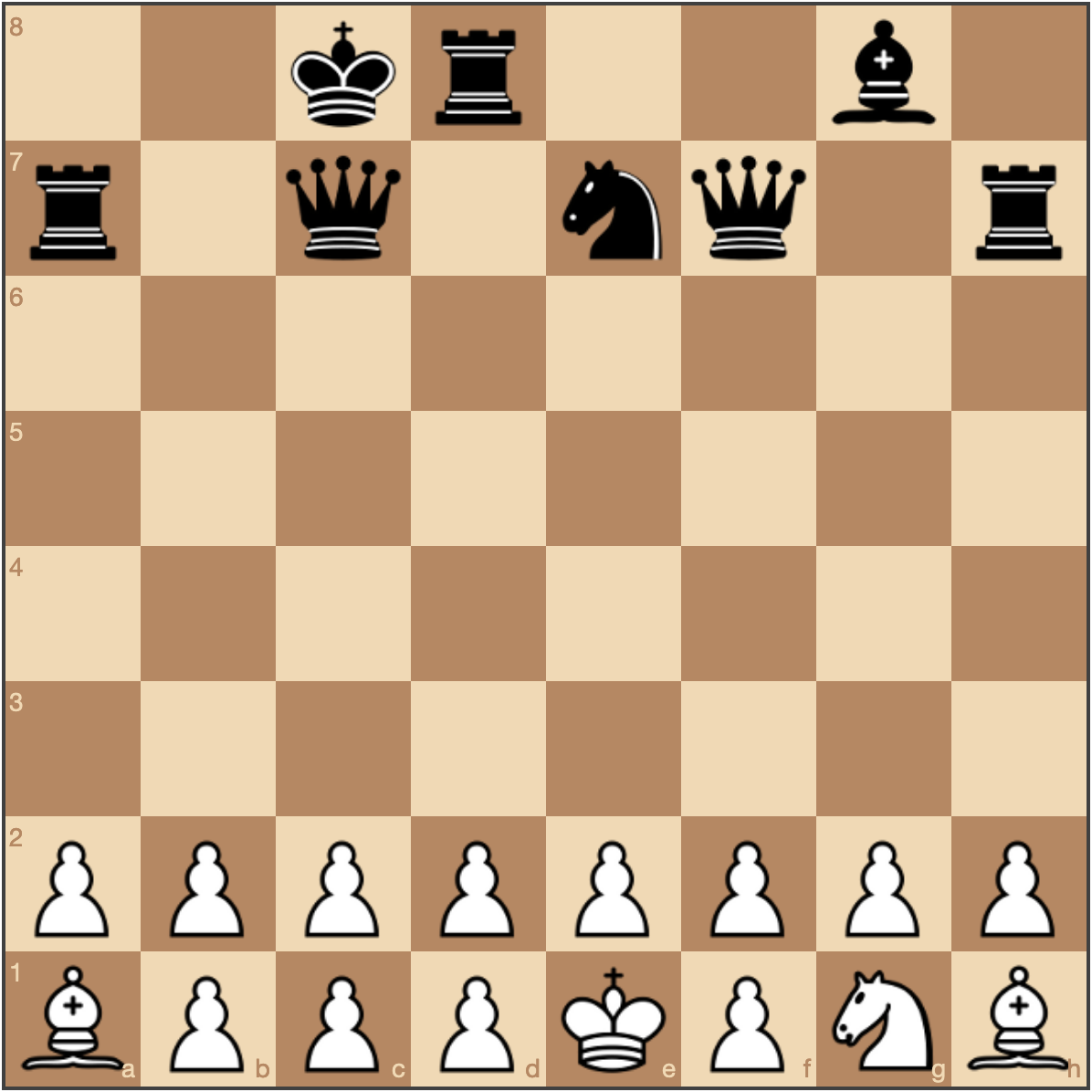
(The Many or the Few – An example board)
Step 1: Setup & Materials
There are many options you can configure within the interface. To start, we recommend that you set the following values for some of the options.
Tip: For Your Piece Configuration, note that the “Set All” row will make the updates to all the rows above it for that setting. To apply this change to both players, you will need to update this on both screens.
| Configuration Mode | Setting | Recommended Setting | Description |
|---|---|---|---|
| Configure Game | Maximum Turns | Default | “After how many turns does the game end?” |
| Your Maximum Budget | Default | “How much budget do I have to spend on pieces?” | |
| Your Victory Condition | Three Checked | “What do I consider to be a win?” | |
| Show Scores | Default | “How am I doing for all possible win conditions?” | |
| Show Current Friction | Default |
“What type of piece is resisting orders this turn?” Tip: Immune means friction is not enabled for the piece. |
|
| Show Next Friction | Default |
“What type of piece will resist orders next turn?” Tip: Immune means friction is not enabled for the piece. |
|
| Show Captured Pieces | Default | “What pieces have I captured?” | |
| Show Adversary Scores | Default | “How is my opponent doing for all possible win conditions?” | |
| Your Piece Configuration | View Range | 8 | “How far in squares can I see?” |
| See Inward Threats | Checked | “Which of my pieces are being threatened?” | |
| See Outward Thread | Checked | “Which enemy pieces am I threatening?” | |
| Friction | Unchecked | “Will this piece sometimes refuse to take commands?” | |
| Value | Default | “How expensive is each piece?” |
Step 2: Design & Build
Design a “The Many or The Few” scenario, where one side has many common pieces (i.e., pawns) and the other has only a few powerful pieces (i.e., queens). You are considering asymmetry and changing up the composition by doing this. Build the board to represent your desired scenario. Although you will act as both players, choose one side to focus on and find an effective strategy with this setup.
Tip 1: It may be helpful to consider what the “two players” care about to design each side of the board. For example, a warfighter might care about winning but a negotiator might care about finding common goals. These goals shape the resources and pieces you will want to work with.
To add pieces to the board, just drag them to the squares you want to place them on. Once there and also while playing, you can simply drag the pieces between the squares to move them.
Tip 2: One option is to start a game with a friend and conduct the experiment together. If trying this experiment on your own, open two windows, one for each player. It helps to half screen each player and place them side by side for best visibility.
Step 3: Evaluate & Reflect
As you play as both players (or have enrolled a friend to be the other player), make sure to execute your strategy for the side that you chose. Additionally, you may be running multiple iterations of this game. As you do, think about which strategies are working well and also what is challenging about the arrangement.
- Did your strategy for one player work for the other player (or your friend)? Why or why not?
- How did you find yourself changing your approach as you played?
- Having acted as both players (or worked with a friend), did one side feel more overpowered than the other? Why or why not?
- Which piece setup would you prefer to play with?
Now that you have experience with Clausewitzian Chess, let’s use some of the game’s special settings to change up the experience even further in our next scenario.










